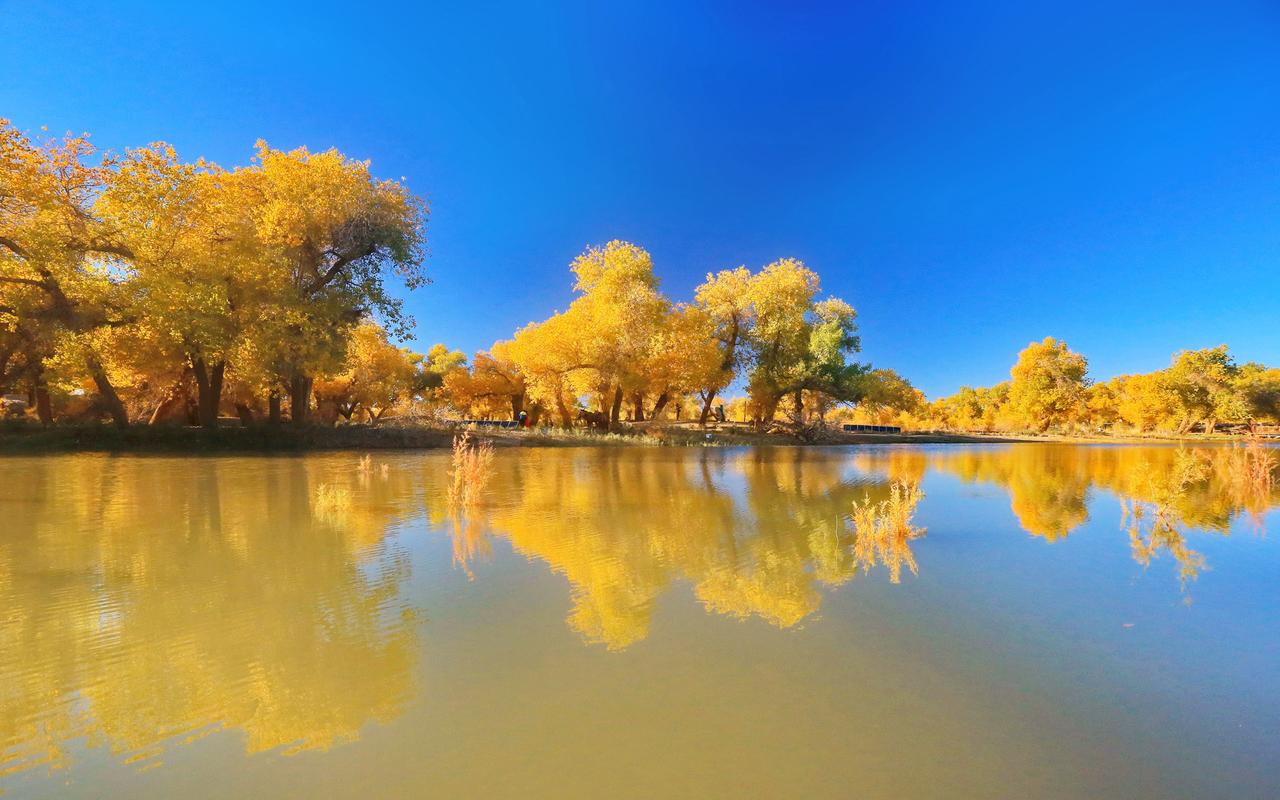The change in colors of leaves during fall is an enchanting sight to behold. What was once a lush green canopy slowly transforms into a beautiful mosaic of reds, oranges, and yellows. Have you ever wondered why this change occurs? It’s a complex process that involves science, weather, and nature’s wonders.
Firstly, we must understand that leaves are vital organs of trees that go through the process of photosynthesis to produce food for the tree. They contain Chlorophyll, a green pigment that captures sunlight and converts it into energy. During the warmer months, the leaves produce chlorophyll that gives them their green hue, but as the days become shorter and temperatures decrease, the chlorophyll production slows down. As a result, the green color fades, and other pigments, such as carotenoids and anthocyanins, become more apparent.
Carotenoids are pigments that give the leaves an orange or yellow appearance. They are also present in other parts of plants, such as pumpkins, carrots, and bananas. During fall, they show themselves as chlorophyll production declines, embedded within leave cells.
Anthocyanins produce the vibrant red, purple, and blue colors seen in fall foliage. They are responsible for the enchanting reds and oranges seen in maple trees and the deep purples in grapes. Unlike carotenoids, anthocyanins are produced in response to environmental changes. For example, sunny days during the fall can cause the leaves to turn red.
Moreover, certain environmental factors can contribute to the change in colors, such as the temperature and precipitation. The cooler temperatures trigger the decline in chlorophyll production, while the sunny days cause anthocyanin production. In contrast, droughts can cause the leaves to change color prematurely and fall, creating a “sad” mosaic of colors.
In conclusion, the change in leaves’ colors during fall is a complex process. It occurs due to environmental factors such as temperature and precipitation, and the response of pigments such as chlorophyll, carotenoids, and anthocyanins. The breathtaking colors seen each fall are a testament to the beauty and complexity of nature.
(Note: Do you have knowledge or insights to share? Unlock new opportunities and expand your reach by joining our authors team. Click Registration to join us and share your expertise with our readers.)
Speech tips:
Please note that any statements involving politics will not be approved.
